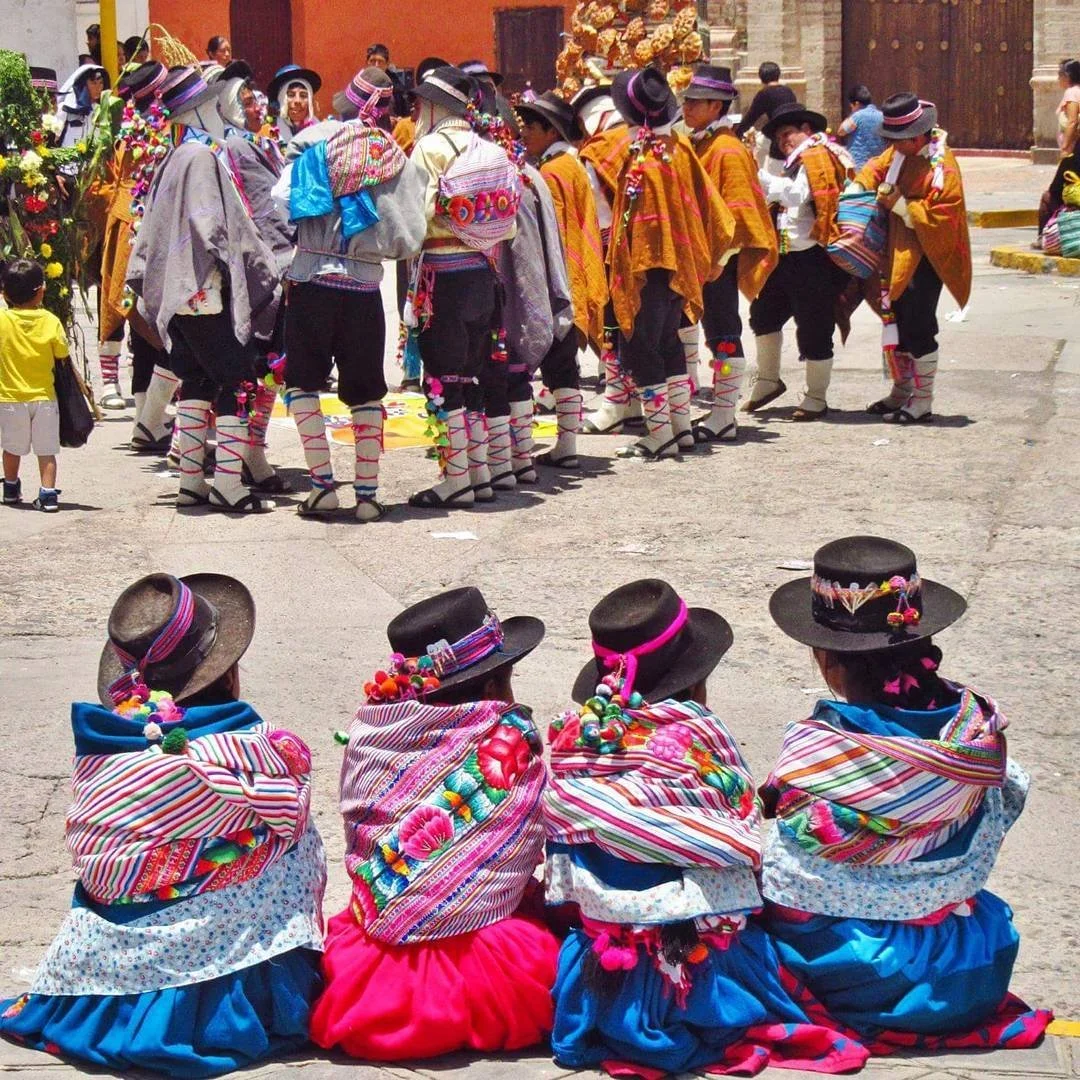
Ayacucho
At the heart of Ayacucho - also known by its ancient name, Huamanga - is the Plaza Mayor, with a statue of the liberator Marshall Sucre,

Ayacucho
Overlooking the main square is the Catedral de Huamanga, the largest of Ayacucho’s 33 Catholic churches.

Ayacucho
The Cathedral - and the other 32 churches - are the focus for the Easter celebrations that are arguably Peru’s most famous.

Ayacucho
The dedication and craftsmanship on display during Ayacucho’s Semana Santa is highly impressive.

Ayacucho
In fact, Ayacucho and its surroundings, is renowned for its traditional crafts. In the village of Quinua, pottery is prevalent.

Ayacucho
Here is the finished article from a Quinua ceramicist: a vivid and detailed piece, with allusions to Ayacucho’s religiosity.

Ayacucho
In the district of Santa Ana, within the city of Ayacucho, there are traditional carvers and stone dressers.

Ayacucho
Santa Ana, in Ayacucho city, is also home to a number of traditional weaving looms.

Ayacucho
The Santa Ana weavers can produce textiles of remarkable colour and complexity on their traditional looms.

Ayacucho
There was of course human habitation in the Ayacucho Region long before the arrival of the Spanish. One of the most significant pre-Colombian cultures was the Wari, who were at their apogee from 600 - 1000AD and had their capital - the ruins of which can be visited - near the modern-day city.

Ayacucho
Ayacucho is a great place to try traditional Andean food, including some of the 4,000 varieties of potato found in Peru.

Ayacucho
February is Carnaval time in Ayacucho, with local costumes and customs mixing with traditional Catholicism, in a beguiling cocktail.

Ayacucho
The plains near the city of Ayacucho - the Pampa de Quinua - were the scene of an epoch-changing battle in 1824 between the Spanish and the South American liberators. There is an impressive monument at the site.













